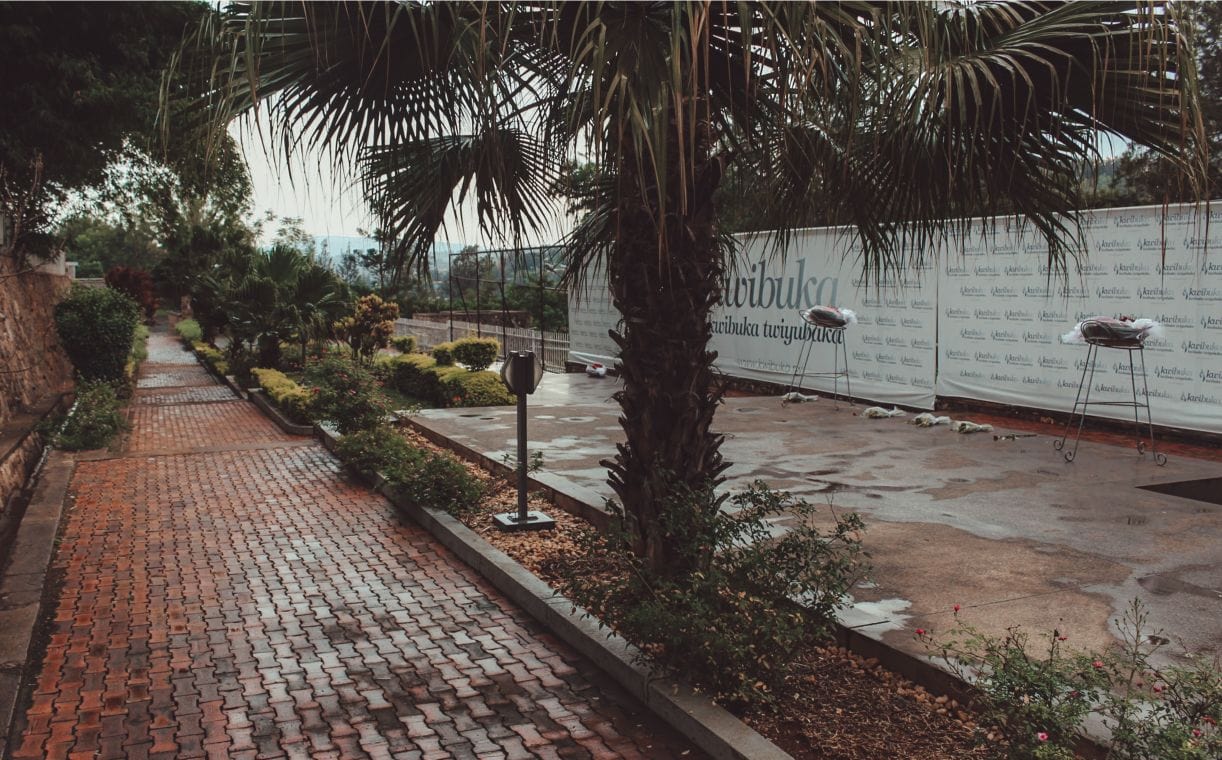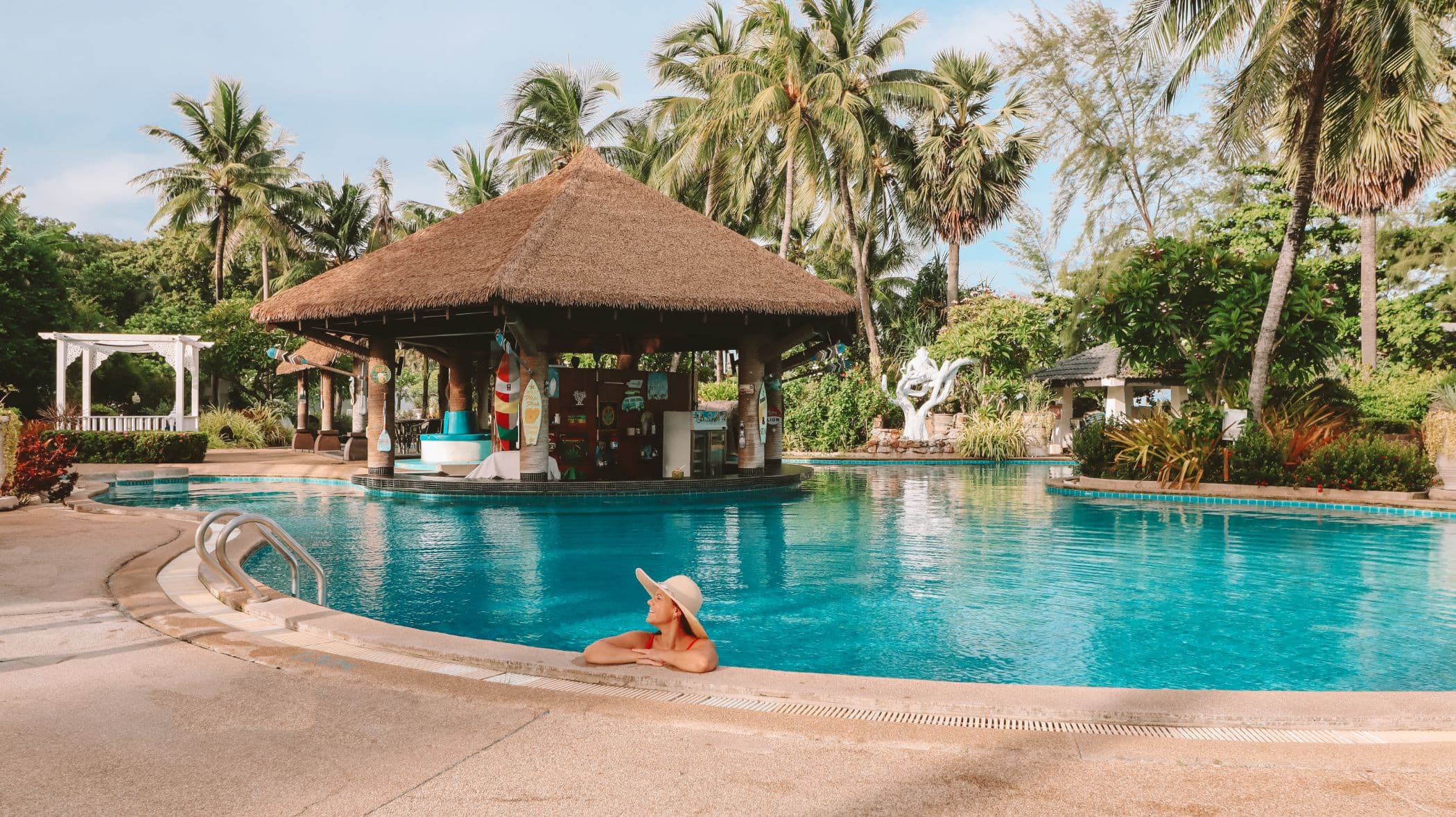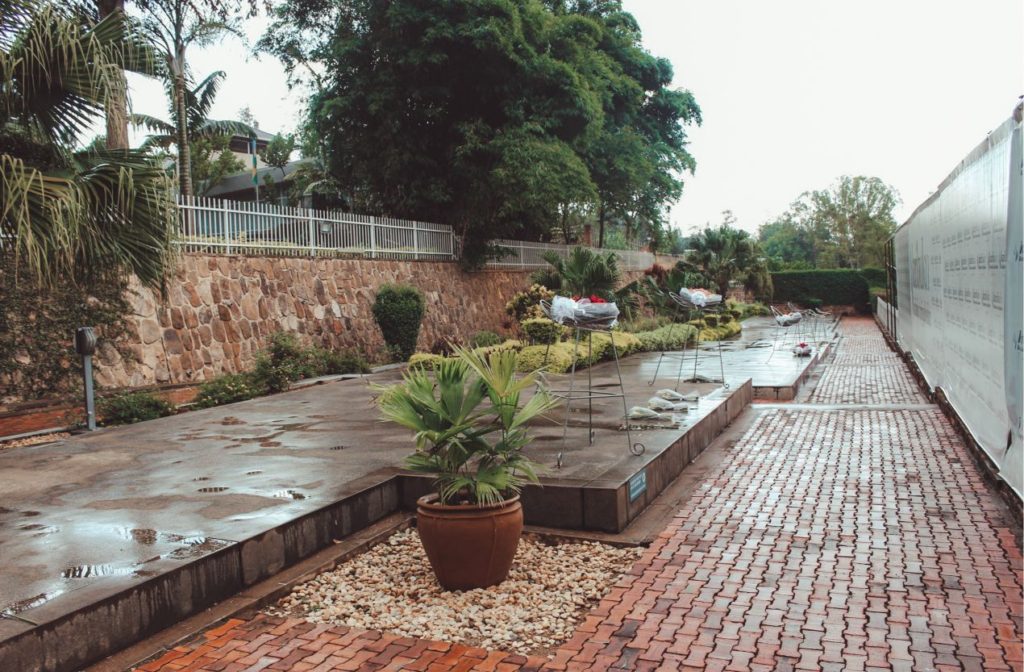
Kigali is the capital of Rwanda. On April 6, 1994 Kigali was at the center of Rwandan Genocide, where approximately one million of people were killed.
As I knew I would have at least one day to explore Kigali before leaving for Tanzania, I had to visit the Genocide Memorial because I wanted to learn more about it. I was still a child when it happened and had only heard very minimal information of the events.
Kigali Genocide Memorial
The Memorial is located ten minutes’ drive from the city centre. It’s very easy to get there by taxi but we got our driver from Lake Mutanda to take us directly there on our arrival do Kigali.
At the entrance they said that it would take us about 1 to 2 hours. The reason why they recommended this length of time is because it’s a guided experience. Visitors have the option between rent an audio guide or to book a guided tour with one of the staff/survivors.
There are no entry fees but you can contribute with $10 when you rent the audio guide for your tour, which was my option.
It is open every day from 8am to 5pm, 7 days a week. See more information here.
The memorial was opened in 1999 and the remains of 250,000 victims from the genocide are at rest there. You can also see a lot of photos and understand the history as it happened. with a movie at the end where survivors give their testimonies. This was something very hard to watch and it really left me angry at the world! How come such atrocities like this happen?
The Background History of Rwanda’s Genocide
Rwanda’s history before the genocide is very extensive. I will try to keep it very simple and easy to understand, in order to give you a better idea of what happened.
Before I visit Rwanda I was under the impression that all the population ethnical problems was somehow caused by the colonial influence of Germany and Belgic. But it wasn’t exactly like that.
What I came to realize was that long before that Rwanda’s population was already divided in three main ethnic groups: the Hutu (majority), the Tutsi (minority) and the Twa.
In a very simplified way the Twa were the earliest inhabitants of Rwanda, the Tutsis were considered to be higher in the social system and the Hutus lower. But this was not fixed. Any Hutu who started to be wealthier could move in the social pyramid or vice-versa.
Life went like this in Rwanda until the colonists arrived. The Belgians were convinced that the Tutsi were racially superior. During my visit to the Memorial I couldn’t believe my eyes!
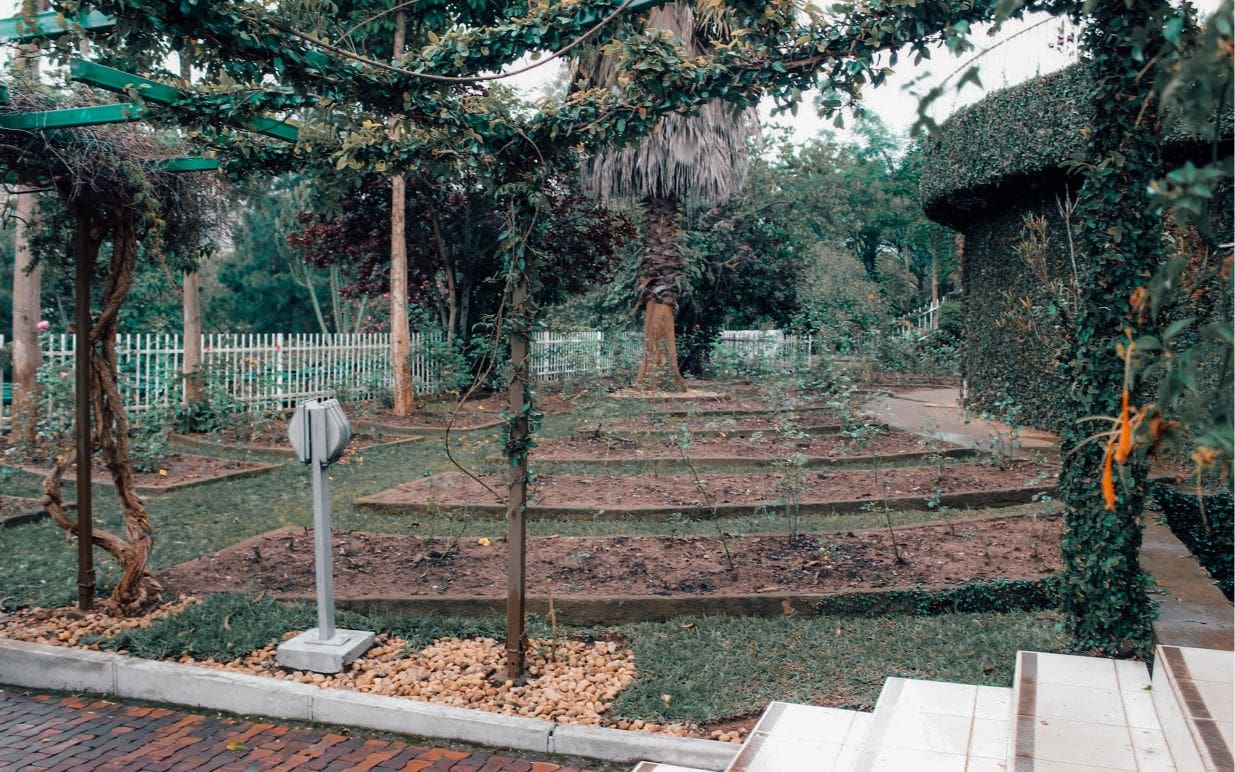
They had separated the population by introducing identity cards labelling them as Tutsi, Hutu, Twa or Naturalised. They conducted studies to prove that the Tutsis were superior by measuring and comparing physical traits with the Hutus, as proof that they were more Caucasian look alike.
These behaviours and measures generated ethnically motivated violence between the populations. By the time Rwanda gained independence a lot of Tutsis had already became refugees in neighbour countries to escape the growing Hutu violence. But these refugees wanted to come back to their countries so they started to send several attacks against Hutu targets. That’s when the Rwandan Civil War started in 1990.
In 1993 peace negotiations with the government were done with a lot of refugees coming back to the country. In the background extremists Hutus were already planning a massive attack by fear that the Tutsis would take their control out of the government.
These extremists started to carrying out attacks and broadcasting racist propaganda in a new radio station. With a cover for agriculture a large number of machetes, razor blades, saws and scissors were distributed around the population.
The Genocide
On April 6, 1994 the airplane with Rwandan President at the time, Habyarimana, was shot down, putting an end to all peace agreements. Hutu forces blamed the Tutsis as an excuse to start the killings.
Almost immediately after this, roadblocks were set up to identify the Tutsis by showing their national ID cards. The goal was to kill all Tutsis.
The population was already heavily armed with machetes and other weapons so the Hutu forces just encouraged other Hutus to kill Tutsis, even their own neighbours. They encourage destruction, stealing and rape. By radio and newspapers they passed the message to spare no one which was followed without questions.
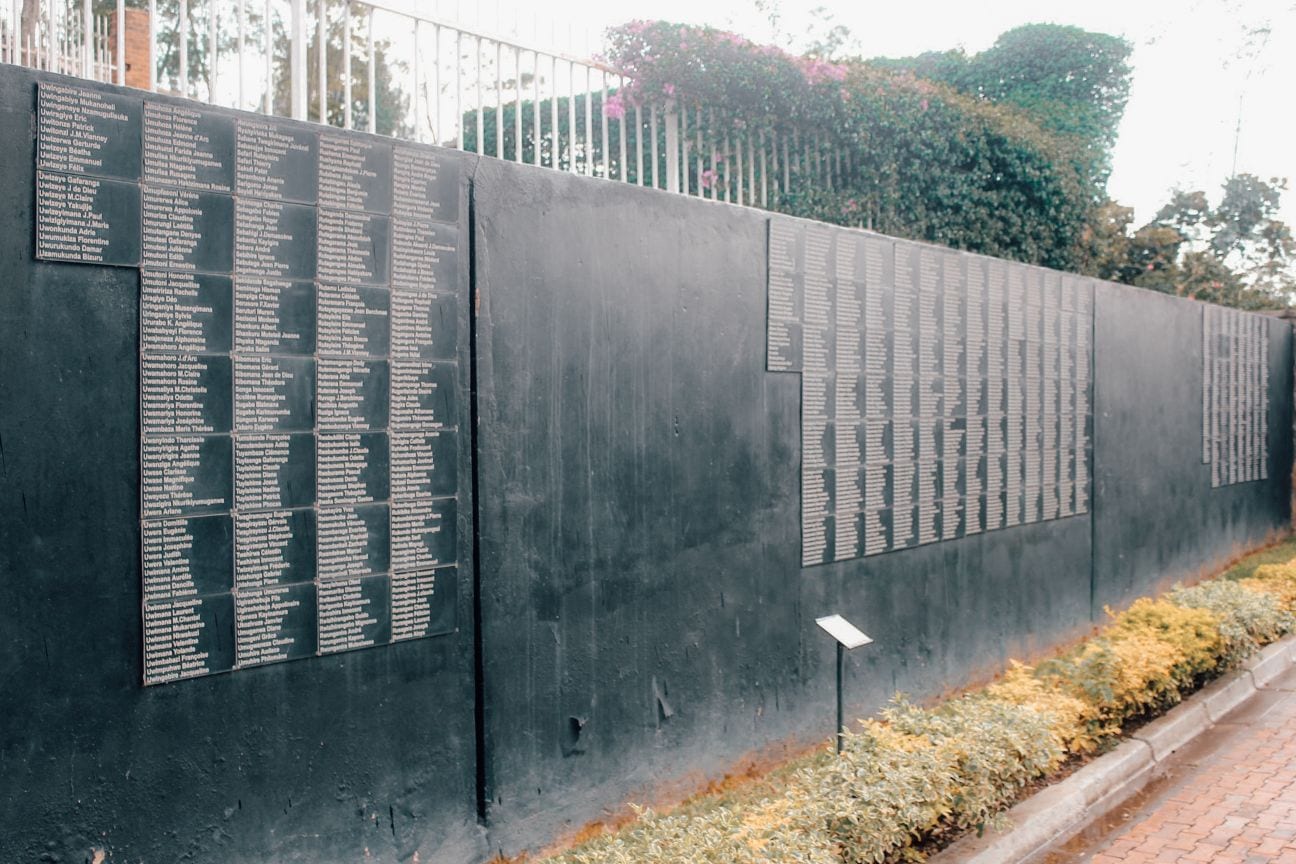
Several individual stories are shown in the Memorial. One of those happened in Nyange, where 1,500 Tutsis sought refuge in a church where sadly the priest acted against the people and everyone was slaughtered to death.
Other individuals like Paul Rusesabagina, the manager of Hôtel des Mille Collines at that time, helped to protect many Tutsis inside the hotel while bribing people from the army. The story was portrayed on the movie Hotel Rwanda, which we watched on the plane on our way to Rwanda.
It’s estimated that 800,000 to one million people were killed during the 100 days of genocide.
The End of The Genocide
On June 23, soldiers from the United Nations, known as the Operation Turquoise entered Rwanda which saved some lives but faced criticism as many say they also saved many perpetrators of the genocide. The killings only stopped completely on July, 4th, when RPF (Rwandan Patriotic Front) took military control of Rwanda’s territory. This day is commemorated as Liberation Day.
Where was the International help?
One question that really comes to mind when confronted with any aspect of the events is: Why did no one intervene? Like the United Nations for example? When the situation started to circulate amongst the international communities little to nothing was done. They did help to evacuate expatriates from Rwanda but that was it. I felt ashamed for this and I am sure more could have been done.
When asked if people resented this, I was answered that they don’t really think about it, instead they know that they can only count on themselves as a country and don’t expect much from the international community.
During my visit I did meet some really nice people but could easily feel in a few places that I was not welcome. Almost like blaming us. Because of that I would really love to come back and spend more time in Rwanda.
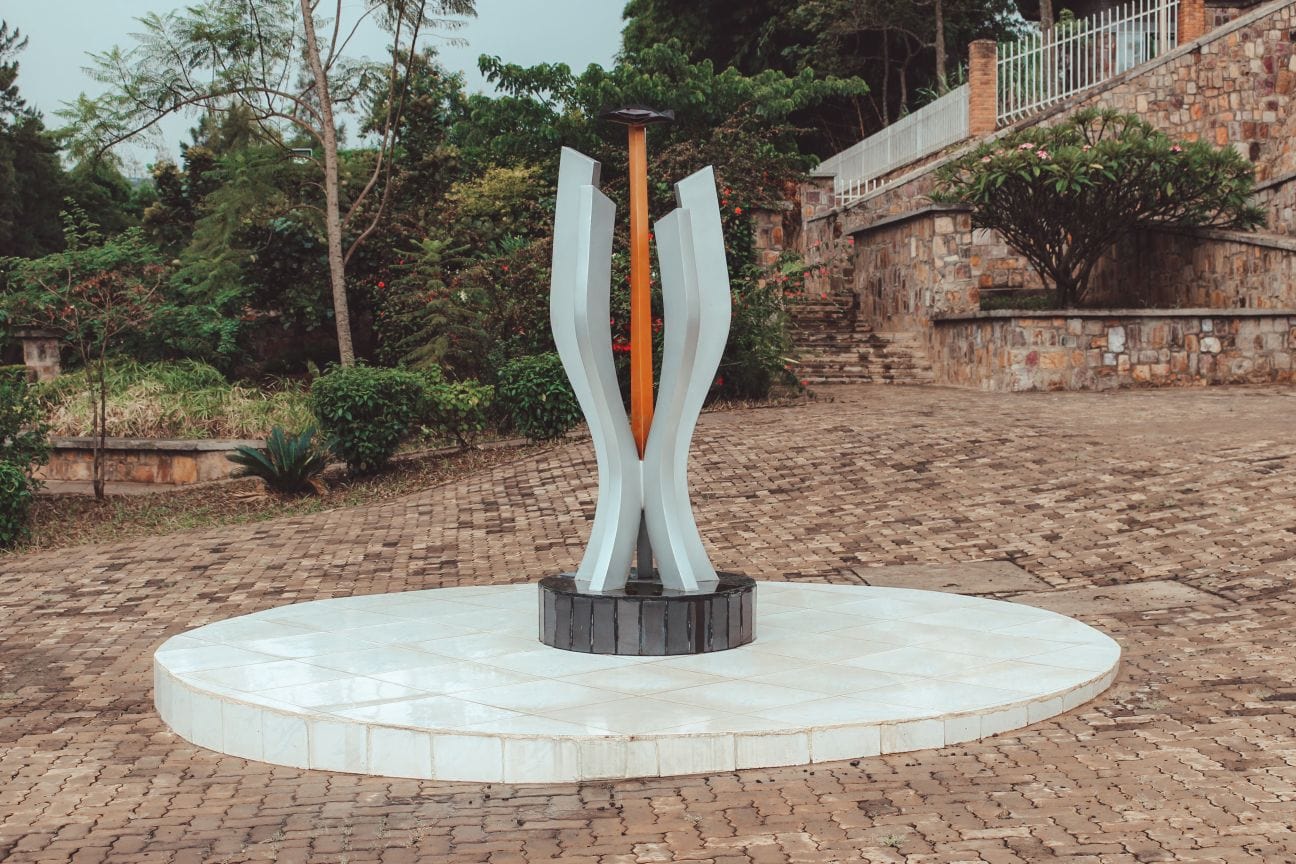
Life in Rwanda after the Genocide
Many sad stories can be heard at the end of the visit in the Memorial. Women telling how they were raped and had babies as a result, that they rejected afterwards and how some of them were infected with HIV.
The destruction of the city was massive and it took a long time to rebuild while the survivors were still traumatized from what happened. Some tell that they lost all their relatives. One particular testimony really touched me, a couple that met by participating in activities of the Memorial. On their wedding day only friends were present as they had lost all relatives from both sides during the genocide.
The new government took away the ethnicity from the ID cards and began a policy of eliminating distinctions among Hutu, Tutsi, and Twa.
Another big issue after the genocide was to punish the ones who carried and instigated the atrocities of Rwanda’s genocide. A lot of people were arrested but there were so many culpable people that even with new systems of trial many remained free.
It’s really sad and hard for me to understand this, but when I talked to some people in Rwanda, they were really open in saying that a culture of forgiveness is the only thing that makes them more united as a population.
Even the victims in the memorial talk about this and try to pass this into future generations. What most people resent was that the people doing the attacks were mostly people they knew, neighbours that would go often to their houses.
The victims don’t forget what happened but they have learned how to build themselves as a community again.
Kigali at present
Rwanda still suffers from what happened but from the people that I have talked to they made sadness into positive projects around the country and Kigali is very organized and much cleaner than the other East African Countries.
Many times they have talks about how they avoid a culture of hate and how to stay together as a community. That was a beautiful message.
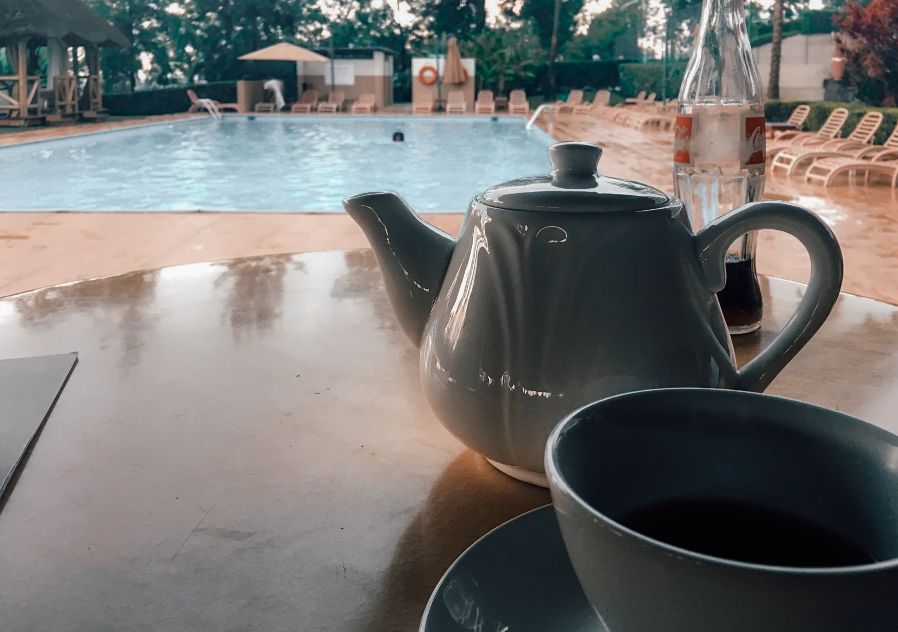
Other important things to know when visiting Kigali
[highlight]CURRENCY[/highlight] RWF – Rwandan Franc, think 1USD ± 825.00RWF or 1€ ±888.00RWF [highlight]LANGUAGE[/highlight] Kinyarwanda is the national language and it’s commonly spoken by people. English, French and Swahili are the official languages in Rwanda. Everyone that we spoke to in shops, museums and restaurants could speak fairly good English.Some Kinyarwanda words that it’s good for you to know
Hello – Muraho / Salama
Thank you – Murakoze
Please – Nyamuneka
Sorry – Mpole
[highlight]MAIN AIRPORT[/highlight] Kigali International Airport [highlight]IMPORTANT[/highlight] Plastic bags have been banned from Rwanda. As soon as I arrive in the airport I was informed of these. I thought it was something people didn’t really follow. I was wrong! Don’t be showing off the plastic bags because they are really not allowed in the country. In every shop we went they gave us paper bags. This measure helps a lot with keeping Rwanda clean.*
I hope you get the time to visit Kigali Genocide Memorial if you ever visit Kigali. It’s a really sad place but with lessons to be leaned!
📌 PIN ME!
[row-b custom_class=””][col-md-6]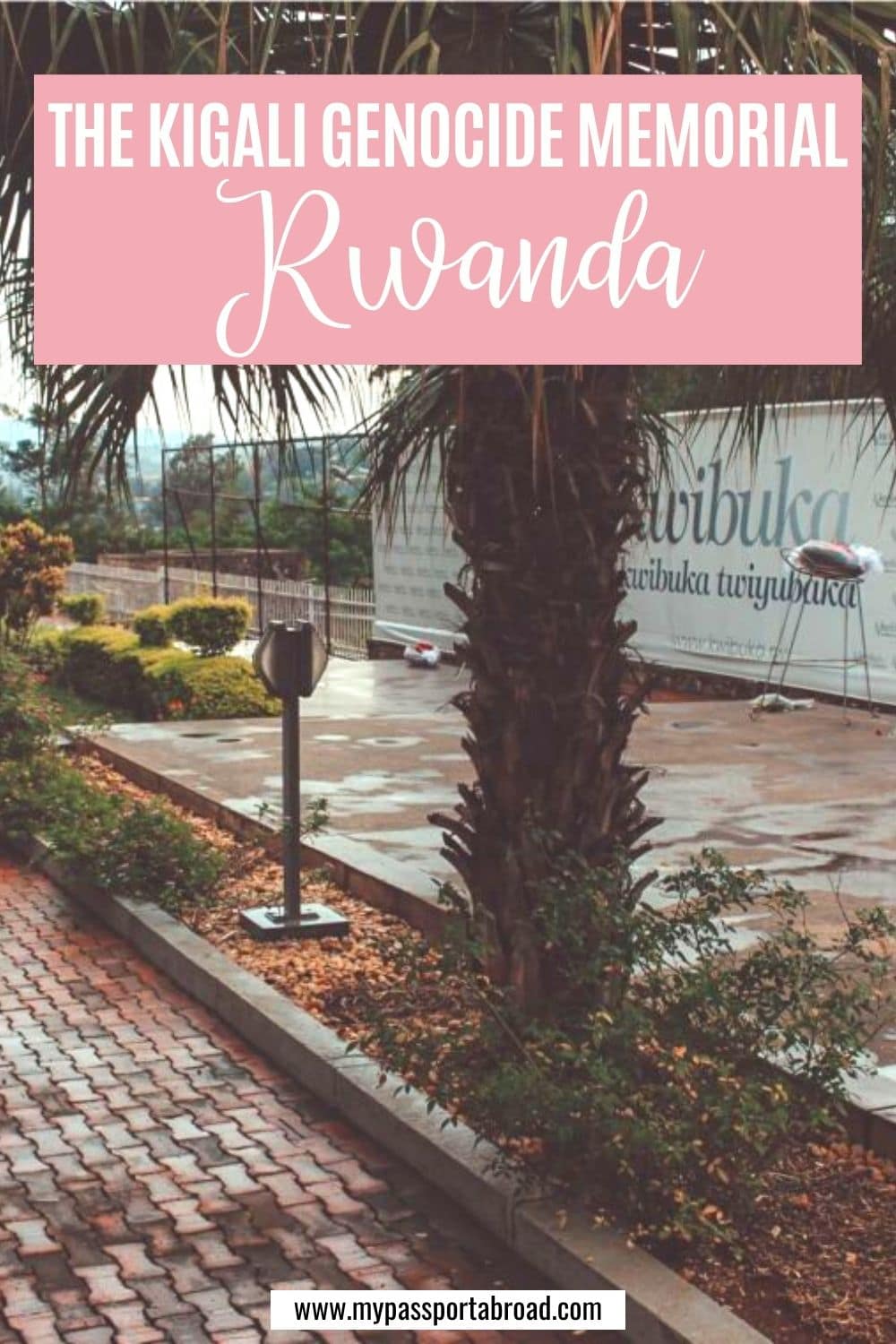 [/col-md-6][col-md-6]
[/col-md-6][col-md-6]  [/col-md-6][/row-b]
[/col-md-6][/row-b]

